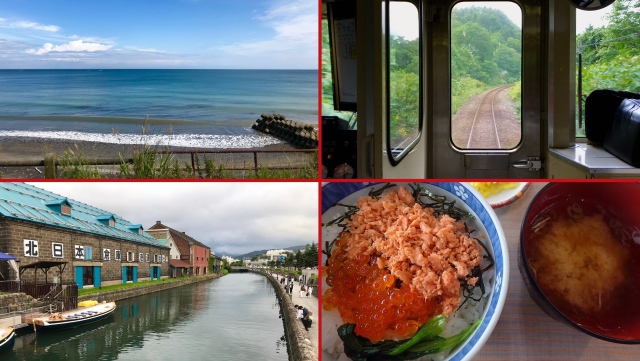
The conclusion of our slow-life adventure to Japan’s northernmost prefecture with trains, hot springs, and so muh delicious seafood.
This is the second-half of our low-price, high-adventure trip from Tokyo to Hokkaido using Japan Railways’ Seishun 18 Ticket. For Part One of the story, click here.
In case you’ve never had the chance to use them, Japan’s Seishun 18 Tickets are awesome. Sold in bundles of five, each ticket (priced at 2,370 yen [US$21]) gives you unlimited rides on Japan Railways local and regular express trains anywhere in Japan for one calendar day. So using just one, we were able to travel all the way from Tokyo, leaving the capital at 4:44 in the morning, to the northern tip of Japan’s main island of Honshu, where we caught an overnight ferry to the northern island of Hokkaido.
After boarding the ship at 11:30 p.m., we slept peacefully until 3 a.m. the next morning, when we were woken by the P.A. announcement that we would be docking at the port town of Hakodate, on Hokkaido, at 3:20.
As you might have guessed, there’s not a lot to do in Hakodate at 3:20 in the morning, and with Hokkaido being Japan’s northernmost prefecture, it’s quite a bit chillier than we’re used to in Tokyo. So we relaxed for a while inside the terminal building, eventually heading out at around 5:40.
However, the first train to Oshamanbe, the next station on our route, isn’t until 8 o’clock. So where were we headed? To Hokodate’s famous morning fish market, of course, to eat at one of the numerous restaurants set up to serve workers and shoppers alike.
▼ Salmon and ikura rice bowl for just 500 yen…
▼ …plus a slice of Hokkaido’s prized melon for 300 yen.
Now we were ready to get on the train to Oshamanbe, which is a two-hour ride (since it was now the next day, we now had to use a second Seishun 18 ticket). Along the way, the train stops on the platform for 20 minutes at Mori Station, and even though Mori means “forest” in Japanese…
…Mori Station is actually right next to the ocean. Because of that, its famous ekiben bento boxed meal is a seafood offering: the ikameshi (squid with rice).
A large number of passengers hopped off the train while it was stopped to buy one of these 780-yen delights, and we were glad we did too, since the sweet/salty sauce and fluffy rice were as enjoyable as the sea breeze blowing across the station platform.
In time the train started up again, and we rolled into Oshamanbe at 11:19, which gave us almost a two-hour gap in our schedule before the next train to Kucchan Station (if you’re wondering why Hokkaido has so many unusual-sounding location names, it has to do with many of them tracing their roots to the language of the island’s indigenous Ainu culture). Looking at a map of the town on a wall of the station, we saw that there’s a hot spring district within walking distance, so we strolled over for a dip in one of its day-use bathhouses.
▼ Oshamanbe Station
▼ Oshamanbe Onsen Hotel, where non-guests can use the hot spring baths for just 440 yen.
After a piping-hot, yet deeply rejuvenating, soak, we asked the hotel’s owner is she could recommend a place to eat. She told us about a restaurant called Kanaya Honten, so we headed there for our third seafood meal of the day.
Hokkaido is roundly considered to be the best place in Japan to eat crab, and the 1,180-yen kani meshi (crab rice) is yet another piece of proof as to why. With every bite, our taste buds thrilled at the delicious flavor, and we found ourselves unable to in any way slow our chopsticks, swiftly polishing it off before walking sideways back to the station.
The rain came again during our 68-minute ride from Kucchan to Otaru, so we closed our eyes and reminisced about all the sea creatures we’d eaten so far that day, drifting in and out of train swaying-induced naps. Outside the windows, the verdant woods of Hokkaido rolled by, and at some points we were so far away from the rest of the population that there wasn’t even any cell phone signal.
Otaru was the second-to-last stop on our tremendous train trip, and being a big tourist draw, there are plenty of trains from here to Sapporo, the largest city in Hokkaido. We still had 30 minutes before the next train, though, so we stretched our legs with a brief stroll along the city’s famous canals, and stopped by sweets shop Kuwataya for an 89-yen panju, a confectionary that’s somewhere between a Japanese manju dumpling and Western-style bread-based pastry.
And with that, it was time for the very last of our many train rides, and at 5:02 p.m., 36 hours, 18 minutes and more than 1,100 kilometers (684 miles) the platform at Tokyo Station, we were in Sapporo.
Resisting the carnal pleasures of the city’s Susukino entertainment district, we instead succumbed to the gastronomic ones of ramen restaurant Sumire, celebrating the end of our journey with a bowl of 900-yen miso ramen, which was as delicious as we’d been hoping it would be for the last two days.
The Seishun 18 Ticket may not e the fastest way to get around Japan, but it’s one of the most economical. Travelling along the same routes that the locals do also lets you see a side of the country that you’ll miss zipping around on the Shinkansen, and the sheer number of trains and stations you’ll use along the way makes the Seishun 18 Ticket an incredibly memorable choice for foodies…
…rail fans…
…or anyone who wants to savor the adventure of a slower paced trip across Japan.
Photos ©SoraNews24
Note: This trip was completed prior to this month’s Hokkaido earthquake.

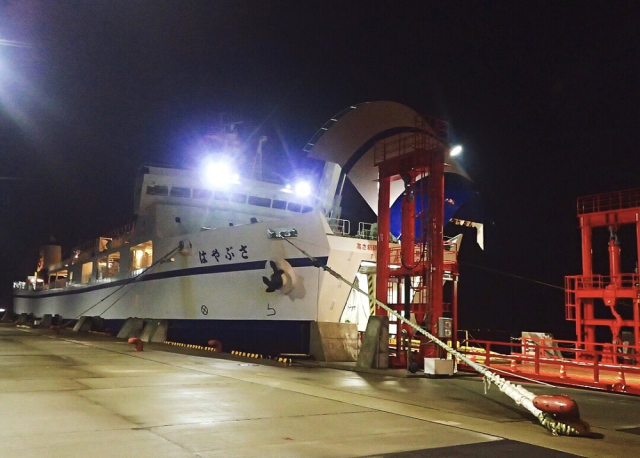
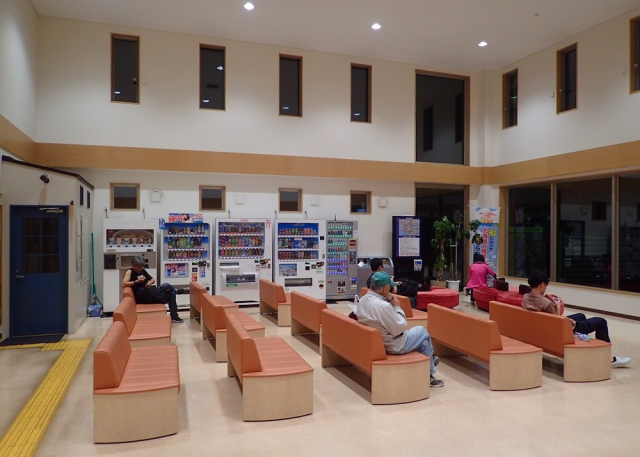
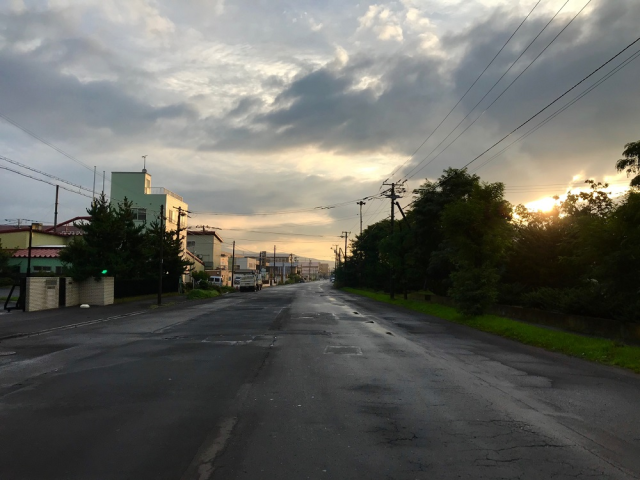
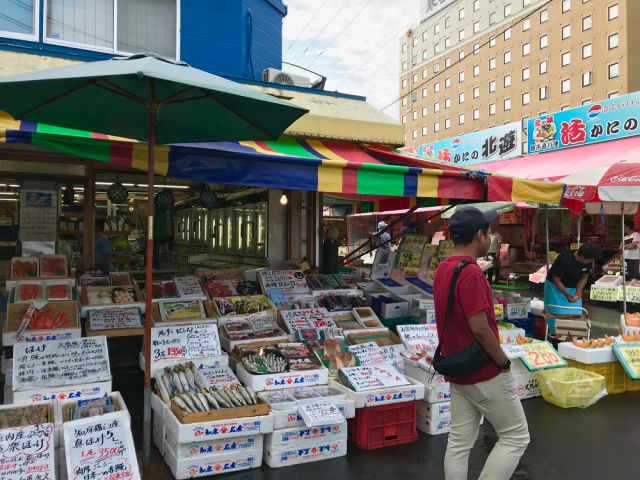
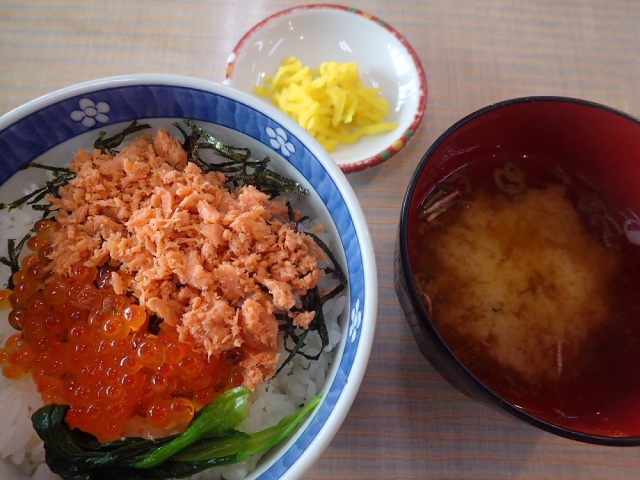
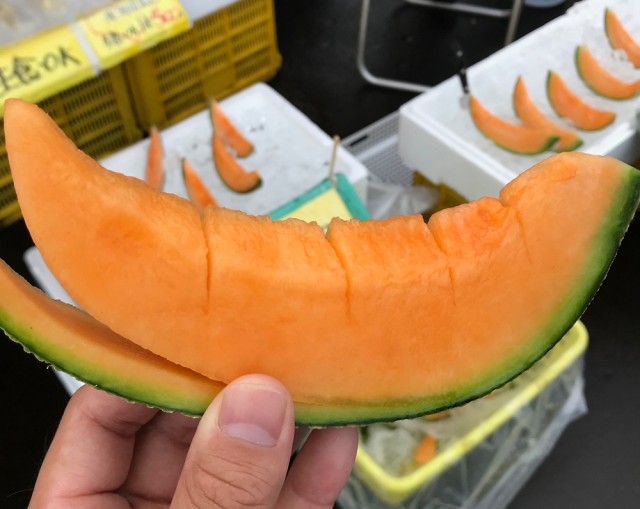

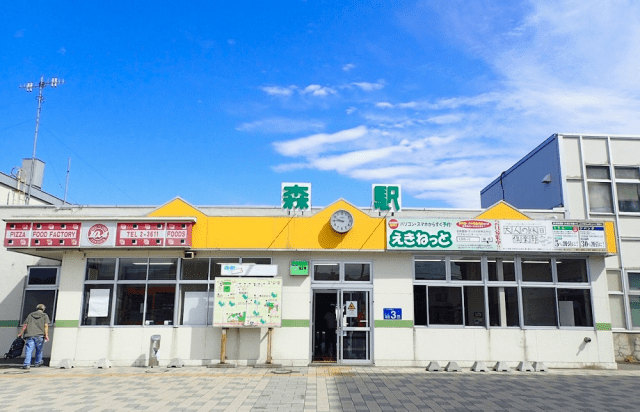
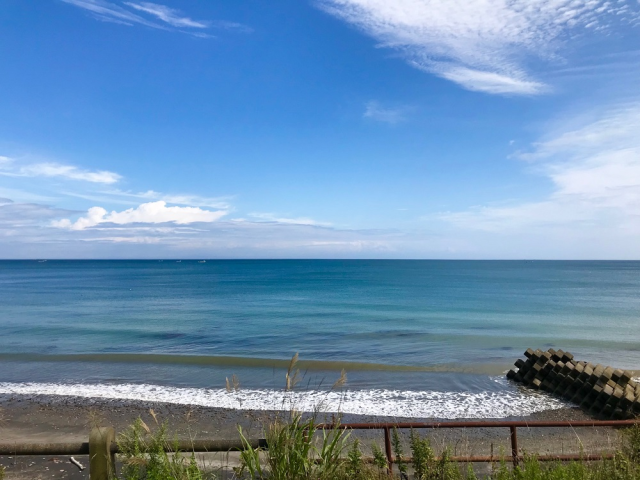
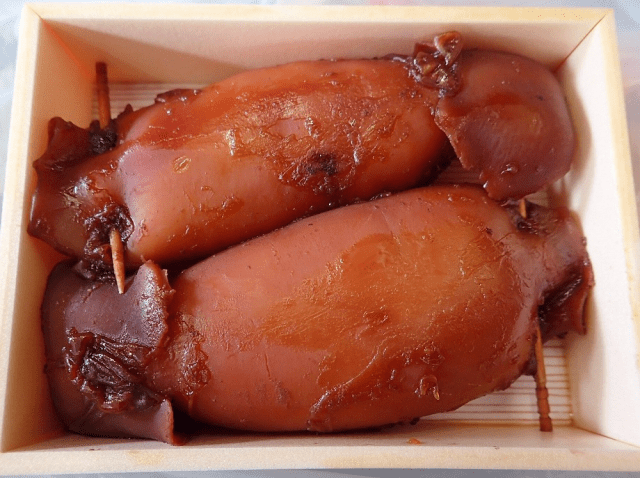
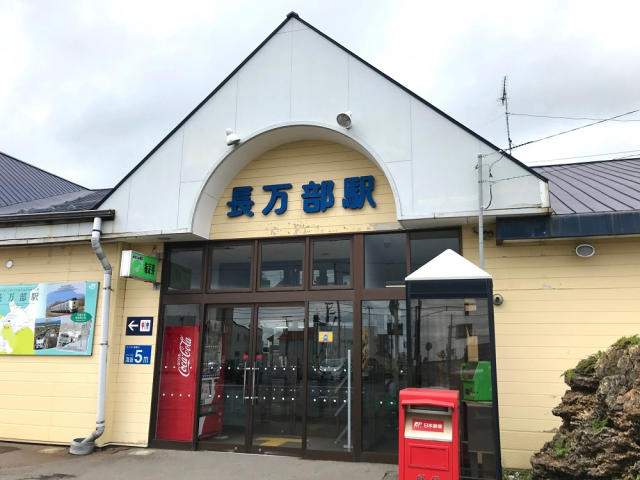

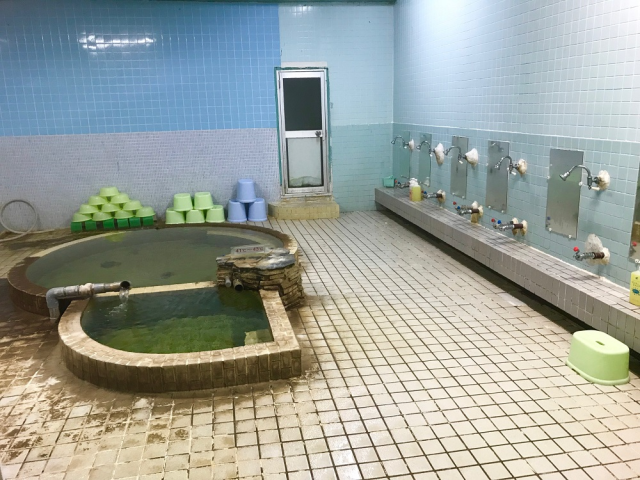
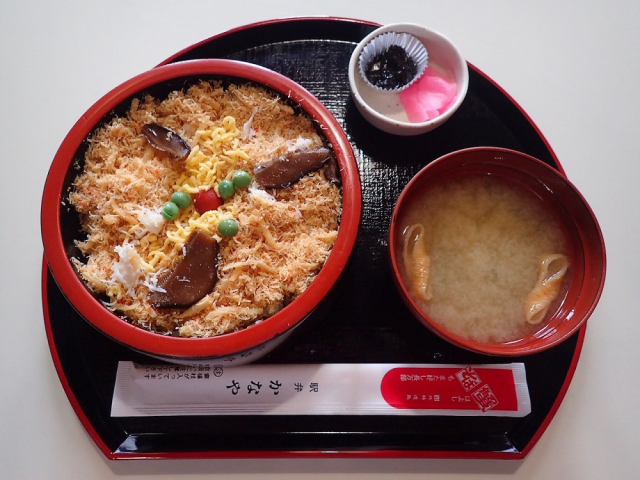
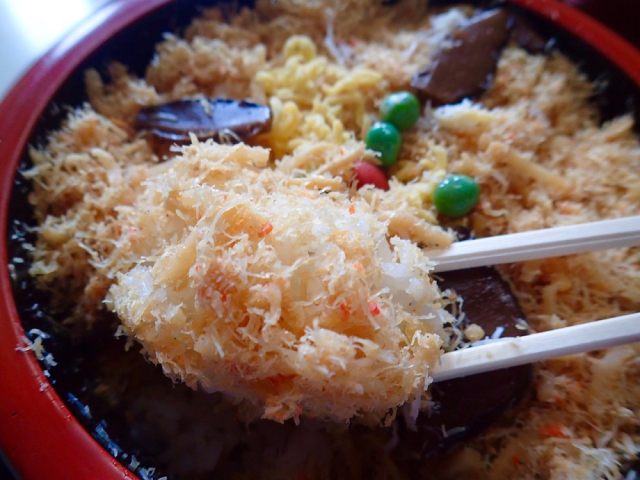
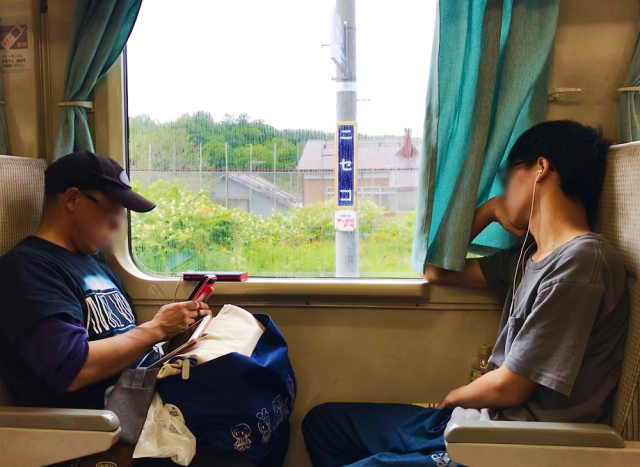
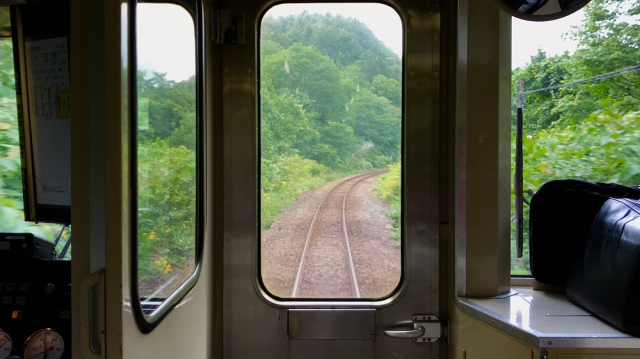
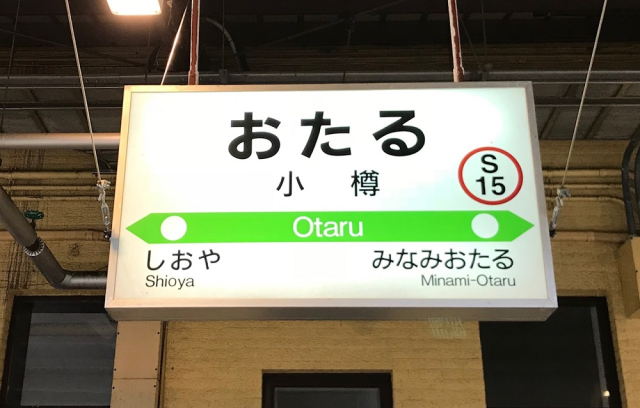
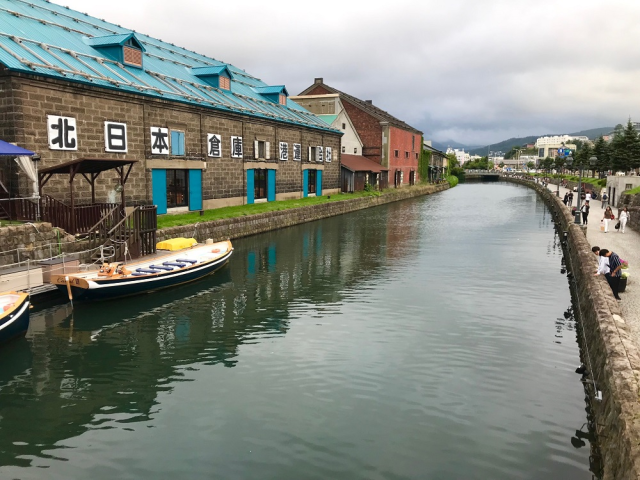
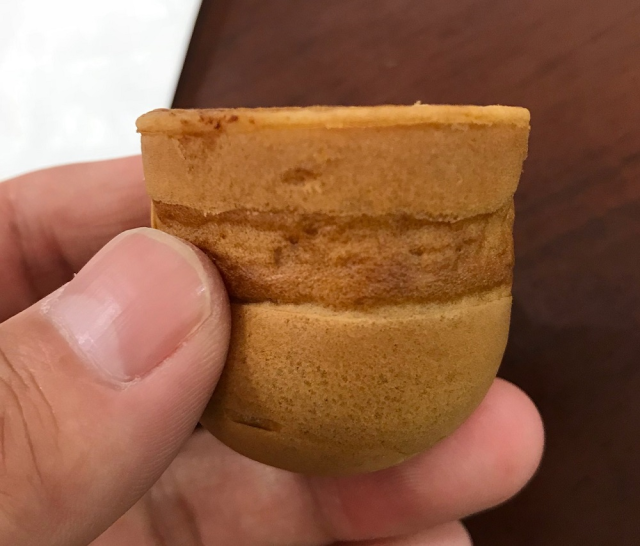
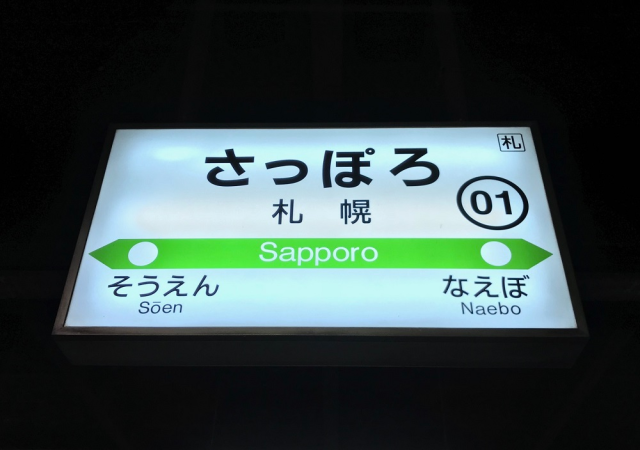
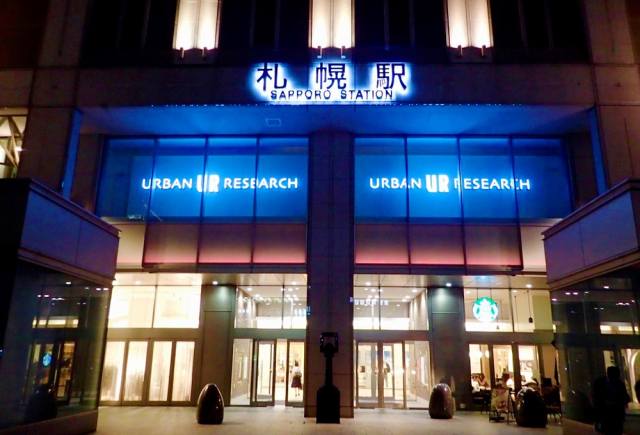
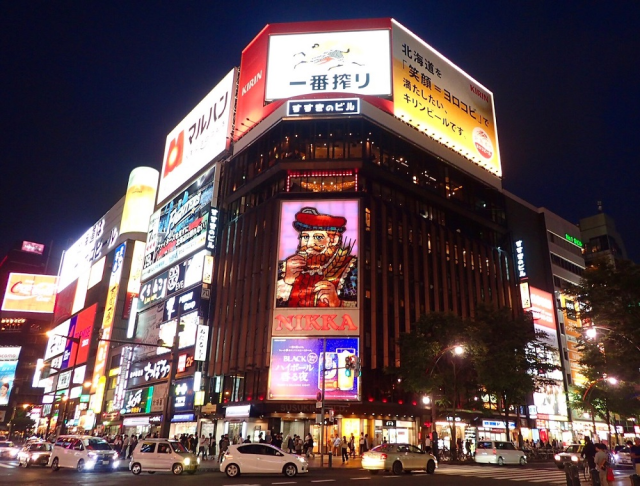
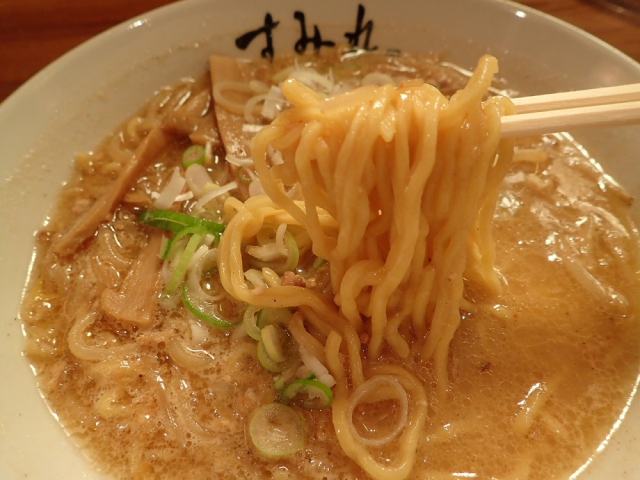
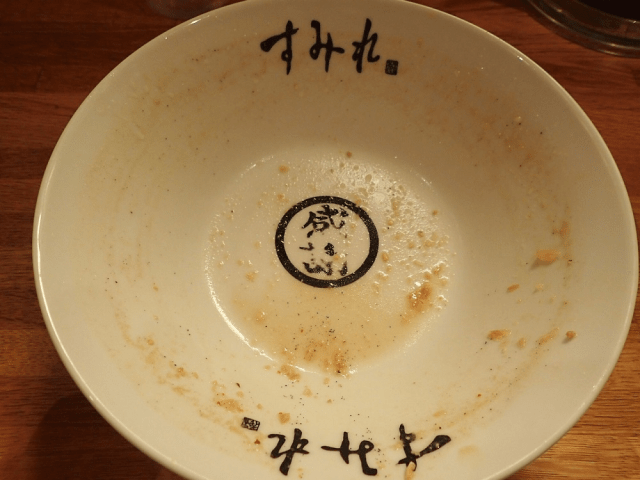
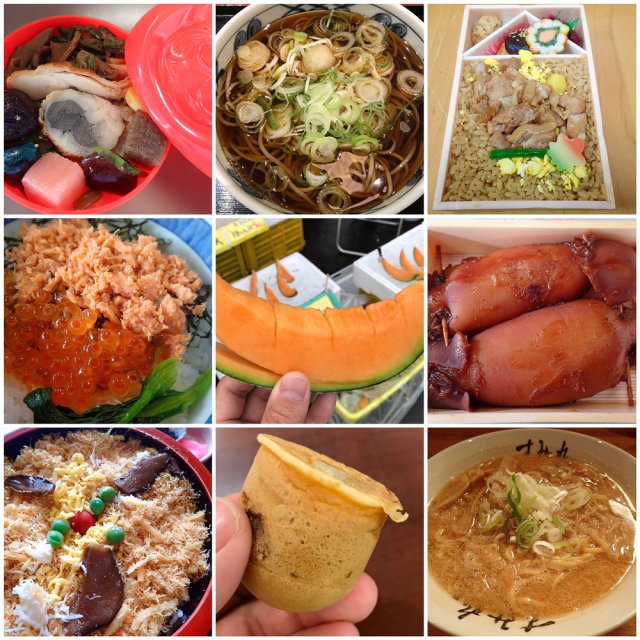
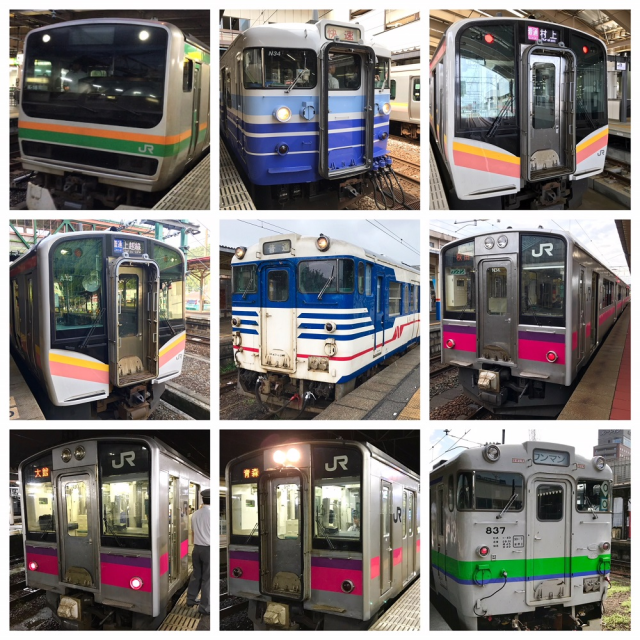
 How to travel from Tokyo to Hiroshima by train for 500 yen
How to travel from Tokyo to Hiroshima by train for 500 yen Ads for JR’s “Seishun 18” rail pass celebrate the isolated beauty of Japan’s most far-flung stations
Ads for JR’s “Seishun 18” rail pass celebrate the isolated beauty of Japan’s most far-flung stations Japan’s Moonlight Nagara train service ends, leaving a hole in overnight rail travel
Japan’s Moonlight Nagara train service ends, leaving a hole in overnight rail travel The ultimate Shinkansen trip: Riding Japan’s bullet train network from one end to the other
The ultimate Shinkansen trip: Riding Japan’s bullet train network from one end to the other We channel Sen from Ghibli’s Spirited Away and travel to a Japanese train station by the sea
We channel Sen from Ghibli’s Spirited Away and travel to a Japanese train station by the sea Japanese ramen restaurants under pressure from new yen banknotes
Japanese ramen restaurants under pressure from new yen banknotes McDonald’s new Happy Meals offer up cute and practical Sanrio lifestyle goods
McDonald’s new Happy Meals offer up cute and practical Sanrio lifestyle goods Tokyo Tsukiji fish market site to be redeveloped with 50,000-seat stadium, hotel, shopping center
Tokyo Tsukiji fish market site to be redeveloped with 50,000-seat stadium, hotel, shopping center Sakura tree falls on man at Sannenzaka near Kiyomizu temple in Kyoto 【Breaking News】
Sakura tree falls on man at Sannenzaka near Kiyomizu temple in Kyoto 【Breaking News】 Beautiful Red and Blue Star luxury trains set to be Japan’s new Hokkaido travel stars
Beautiful Red and Blue Star luxury trains set to be Japan’s new Hokkaido travel stars New private rooms on Tokaido Shinkansen change the way we travel from Tokyo to Kyoto
New private rooms on Tokaido Shinkansen change the way we travel from Tokyo to Kyoto We tried Korea’s way-too-big King Tonkatsu Burger at Lotteria 【Taste Test】
We tried Korea’s way-too-big King Tonkatsu Burger at Lotteria 【Taste Test】 French Fries Bread in Tokyo’s Shibuya becomes a hit on social media
French Fries Bread in Tokyo’s Shibuya becomes a hit on social media Pokémon Sleep camping suite and guestrooms coming to Tokyo Hyatt along with giant Snorlax burgers
Pokémon Sleep camping suite and guestrooms coming to Tokyo Hyatt along with giant Snorlax burgers Mt. Koya planning to instate visitor’s tax to cope with huge tourist numbers
Mt. Koya planning to instate visitor’s tax to cope with huge tourist numbers All-you-can-drink Starbucks and amazing views part of Tokyo’s new 170 meter-high sky lounge
All-you-can-drink Starbucks and amazing views part of Tokyo’s new 170 meter-high sky lounge More foreign tourists than ever before in history visited Japan last month
More foreign tourists than ever before in history visited Japan last month Starbucks reopens at Shibuya Scramble Crossing with new look and design concept
Starbucks reopens at Shibuya Scramble Crossing with new look and design concept Studio Ghibli releases new action figures featuring Nausicaä of the Valley of the Wind characters
Studio Ghibli releases new action figures featuring Nausicaä of the Valley of the Wind characters Studio Ghibli glasses cases let anime characters keep an eye on your spectacles
Studio Ghibli glasses cases let anime characters keep an eye on your spectacles Is the new Shinkansen Train Desk ticket worth it?
Is the new Shinkansen Train Desk ticket worth it? Beautiful Ghibli sealing wax kits let you create accessories and elegant letter decorations【Pics】
Beautiful Ghibli sealing wax kits let you create accessories and elegant letter decorations【Pics】 Studio Ghibli releases Kiki’s Delivery Service chocolate cake pouches in Japan
Studio Ghibli releases Kiki’s Delivery Service chocolate cake pouches in Japan New definition of “Japanese whiskey” goes into effect to prevent fakes from fooling overseas buyers
New definition of “Japanese whiskey” goes into effect to prevent fakes from fooling overseas buyers Our Japanese reporter visits Costco in the U.S., finds super American and very Japanese things
Our Japanese reporter visits Costco in the U.S., finds super American and very Japanese things Studio Ghibli unveils Mother’s Day gift set that captures the love in My Neighbour Totoro
Studio Ghibli unveils Mother’s Day gift set that captures the love in My Neighbour Totoro Domino’s Japan now sells…pizza ears?
Domino’s Japan now sells…pizza ears? New Japanese KitKat flavour stars Sanrio characters, including Hello Kitty
New Japanese KitKat flavour stars Sanrio characters, including Hello Kitty New Pokémon cakes let you eat your way through Pikachu and all the Eevee evolutions
New Pokémon cakes let you eat your way through Pikachu and all the Eevee evolutions Sales of Japan’s most convenient train ticket/shopping payment cards suspended indefinitely
Sales of Japan’s most convenient train ticket/shopping payment cards suspended indefinitely Sold-out Studio Ghibli desktop humidifiers are back so Totoro can help you through the dry season
Sold-out Studio Ghibli desktop humidifiers are back so Totoro can help you through the dry season Japanese government to make first change to romanization spelling rules since the 1950s
Japanese government to make first change to romanization spelling rules since the 1950s Ghibli founders Toshio Suzuki and Hayao Miyazaki contribute to Japanese whisky Totoro label design
Ghibli founders Toshio Suzuki and Hayao Miyazaki contribute to Japanese whisky Totoro label design Doraemon found buried at sea as scene from 1993 anime becomes real life【Photos】
Doraemon found buried at sea as scene from 1993 anime becomes real life【Photos】 Tokyo’s most famous Starbucks is closed
Tokyo’s most famous Starbucks is closed One Piece characters’ nationalities revealed, but fans have mixed opinions
One Piece characters’ nationalities revealed, but fans have mixed opinions We asked a Uniqlo employee what four things we should buy and their suggestions didn’t disappoint
We asked a Uniqlo employee what four things we should buy and their suggestions didn’t disappoint Princesses, fruits, and blacksmiths: Study reveals the 30 most unusual family names in Japan
Princesses, fruits, and blacksmiths: Study reveals the 30 most unusual family names in Japan 12 beautiful Japanese train stations by the sea
12 beautiful Japanese train stations by the sea Michelin-listed ramen restaurant will turn you into a tiger with a single bite
Michelin-listed ramen restaurant will turn you into a tiger with a single bite Drinking wine made from the only train station platform vineyard in Japan
Drinking wine made from the only train station platform vineyard in Japan The Japanese train station with torii gates on its tracks
The Japanese train station with torii gates on its tracks Tokyo subway ”phantom station” reveals itself to passengers for first time in nearly 90 years
Tokyo subway ”phantom station” reveals itself to passengers for first time in nearly 90 years Massive blizzard creates crazy snow scenes in Sapporo【Photos, videos】
Massive blizzard creates crazy snow scenes in Sapporo【Photos, videos】 End-of-the-line exploring in Japan: Visiting Hashimoto Station
End-of-the-line exploring in Japan: Visiting Hashimoto Station Journey through Ainu myth in the old-meets-new forest night walk Kamuy Lumina experience
Journey through Ainu myth in the old-meets-new forest night walk Kamuy Lumina experience We visit a train station in historical ninja town, see ninja trick art, and become ninjas ourselves
We visit a train station in historical ninja town, see ninja trick art, and become ninjas ourselves Don’t forget that the best convenience store in northern Japan has branches farther south too
Don’t forget that the best convenience store in northern Japan has branches farther south too Georgia Coffee releases a brand new banana-flavored version of its Hokkaido-only Milk Coffee
Georgia Coffee releases a brand new banana-flavored version of its Hokkaido-only Milk Coffee Anime star Captain Tsubasa takes over Tokyo train station, turns ticket gate into soccer field
Anime star Captain Tsubasa takes over Tokyo train station, turns ticket gate into soccer field Japanese Twitter users share a secret hiding on platform five at Akihabara Station
Japanese Twitter users share a secret hiding on platform five at Akihabara Station Our 7 best conveyor-belt sushi restaurants in Sapporo
Our 7 best conveyor-belt sushi restaurants in Sapporo The train station that stayed open for a single school girl finally closes down
The train station that stayed open for a single school girl finally closes down
Leave a Reply